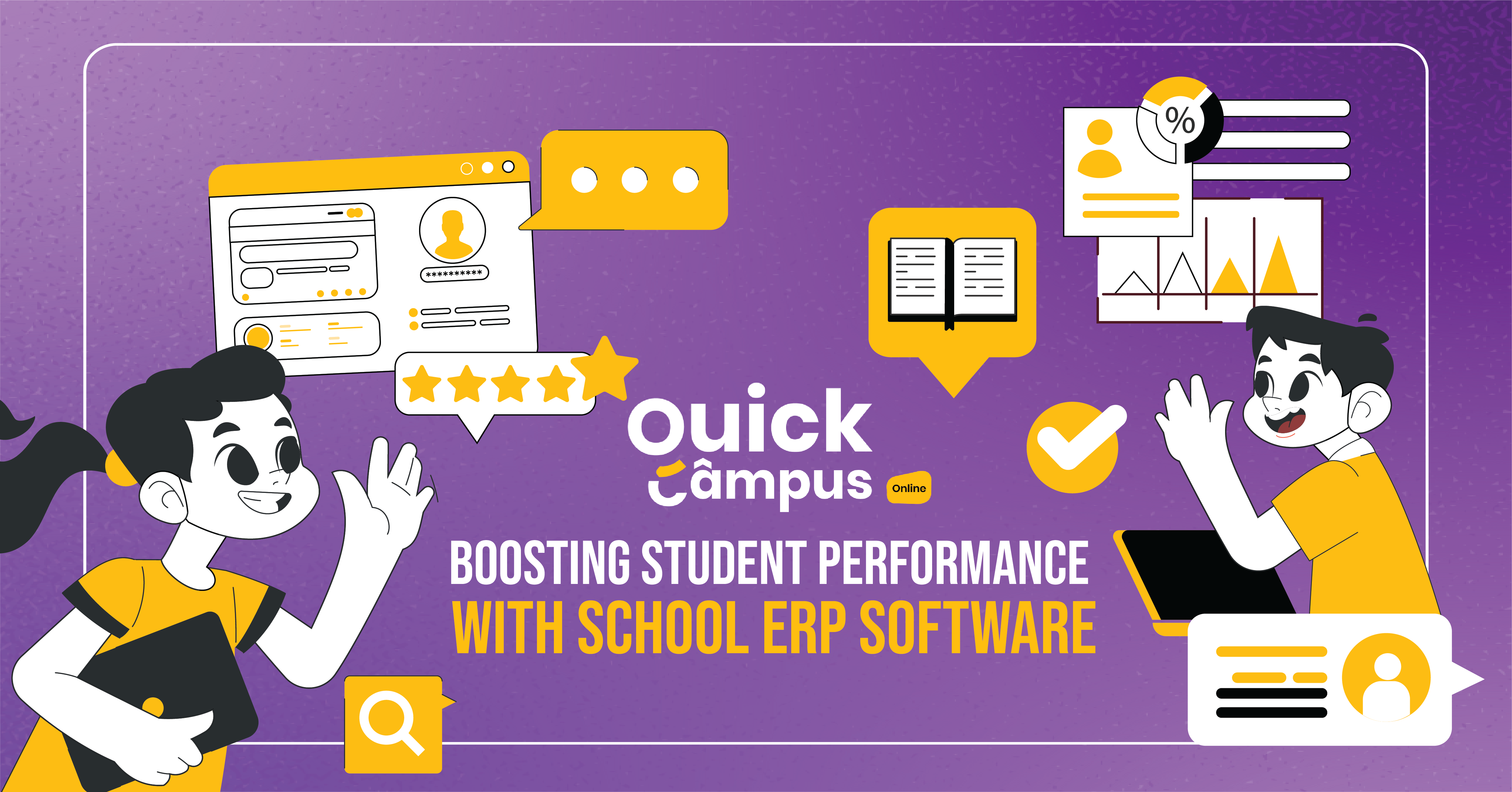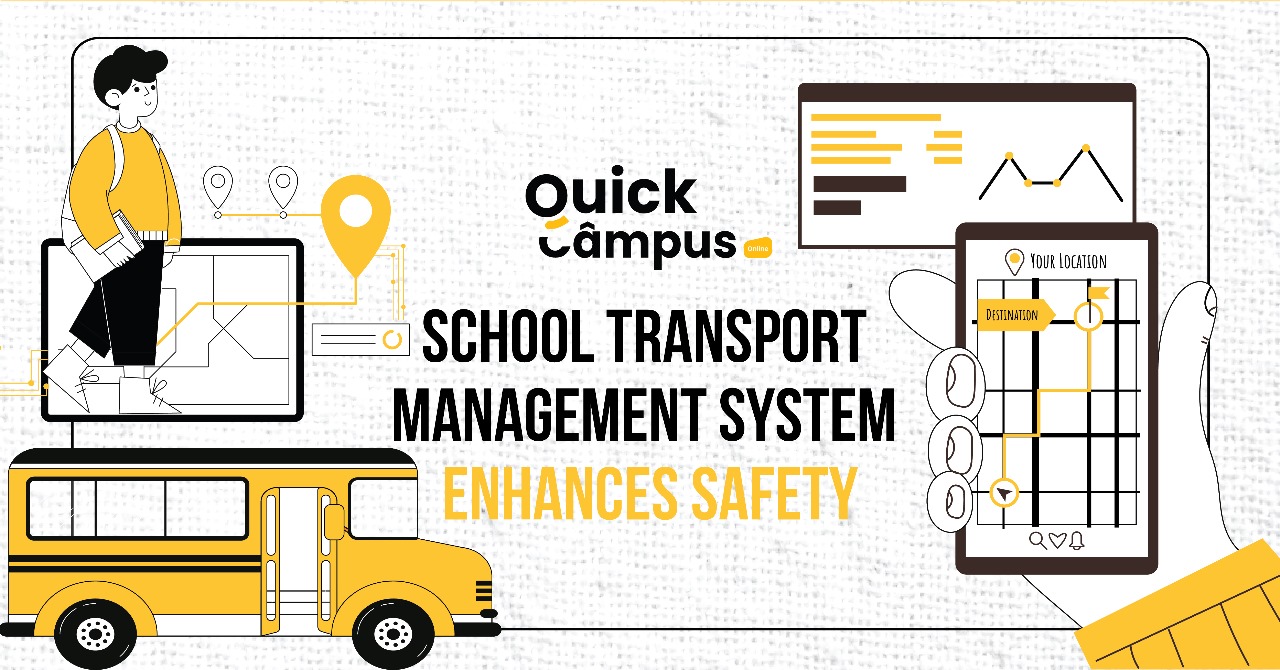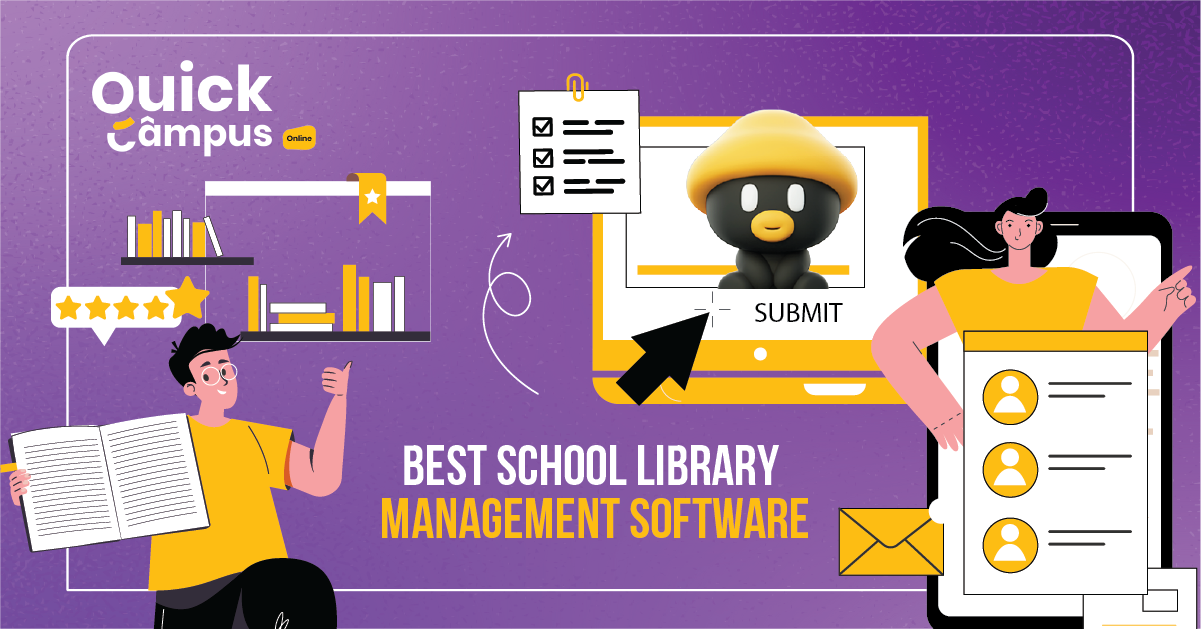How Learning Management Systems Are Revolutionizing Education and Training
Learning Management Systems (LMS) are becoming increasingly popular in education and training, and are revolutionizing the way we approach teaching and learning. In this article, we will explore how LMS is changing the face of education and training and the potential benefits it can bring to students and learners.
What is a Learning Management System?
A Learning Management System is a software application that is used to deliver education to training content and manage the learning process. LMS typically provides tools for creating and delivering course content, managing student enrollment, tracking progress, and assessing student performance.
LMS can be used in a variety of settings, including K-12 education, higher education, and corporate training.
Benefits Of Using An LMS
There are many benefits to using an LMS for education and training. Some of the most significant include:
1. Increased Access to Education and Training
LMS can provide learners with access to education and training materials from anywhere in the world, as long as they have an internet connection. This can be particularly beneficial for learners who are unable to attend traditional classes due to geographical, financial, or other constraints.
2. Customized Learning
LMS can be customized to meet the needs of individual learners, allowing them to work at their own pace and focus on areas where they need the most support. This can be particularly beneficial for learners with different learning styles, abilities, and needs.
3. Improved Tracking and Assessment
LMS provides tools for tracking student progress and assessing performance, making it easier for teachers and trainers to monitor their student’s progress and identify areas where they need additional support.
4. Increased Collaboration
LMS can also facilitate collaboration and communication between learners and teachers, allowing learners to work together on projects and assignments, and providing teachers with a platform for providing feedback and support.
How LMS Are Revolutionizing Education And Training?
There are several ways in which a learning management system contributes to the field of education by revolutionizing the overall learning and training process. This includes:
Blended Learning
LMS is making it easier to implement blended learning models, where students learn both online and in a traditional classroom setting. Blended learning can be particularly beneficial for learners who need additional support, as it provides them with more opportunities to interact with teachers and peers.
Personalized Learning
LMS is also making it easier to provide personalized learning experiences for learners. By tailoring the content and activities to meet the needs of individual learners, LMS can help to improve student outcomes and engagement.
Gamification
The features of learning management systems are also being used to incorporate gamification into education and training. Gamification involves adding game-like elements, such as points, badges, and leaderboards, to educational content and activities to make them more engaging and motivating.
Microlearning
LMS is also facilitating the implementation of microlearning, which involves breaking up educational content into small, bite-sized chunks that can be delivered and consumed quickly. Microlearning can be particularly beneficial for busy learners who have limited time to dedicate to education and training.
Challenges and Limitations of Using LMS
While there are many benefits to using LMS, there are also some challenges and limitations that must be considered. Some of the most significant include:
1. Technical Issues
LMS requires reliable internet connectivity and technical support, which can be a challenge for learners who do not have access to high-speed internet or technical support services.
2. Cost
Implementing and maintaining an LMS can be expensive, especially for smaller educational institutions and organizations. But quickcampus gives you a fee finance option for students which makes your studies even easier.
3. Limited Interaction
LMS can sometimes limit interaction between learners and teachers, making it difficult for learners to get the support and guidance they need.
Conclusion
Learning Management Systems are revolutionizing the way we approach education and training. By providing learners with access to customized learning experiences, tools for tracking progress












